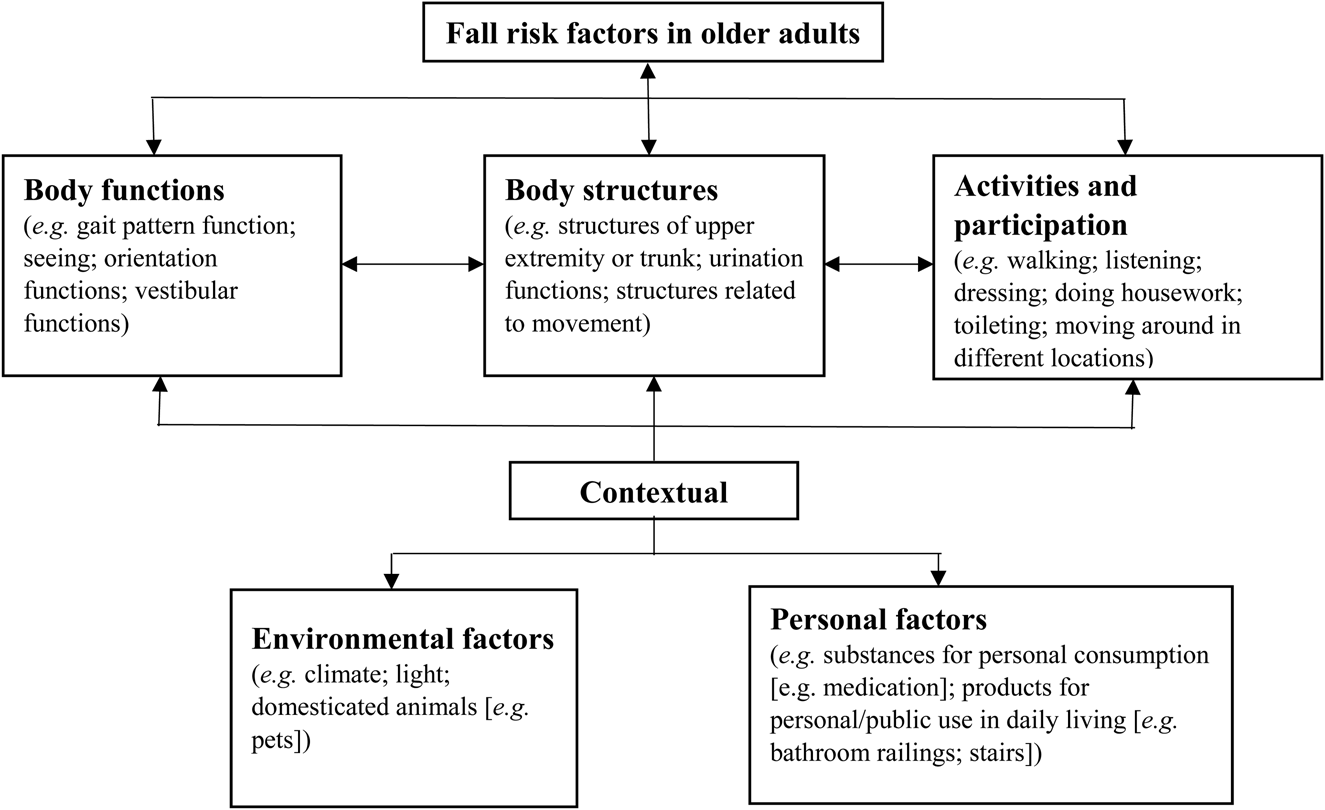Get This Report about Dementia Fall Risk
Get This Report about Dementia Fall Risk
Blog Article
All about Dementia Fall Risk
Table of ContentsThe 7-Second Trick For Dementia Fall RiskThe 4-Minute Rule for Dementia Fall RiskThe Ultimate Guide To Dementia Fall RiskThe Single Strategy To Use For Dementia Fall Risk
An autumn danger analysis checks to see exactly how likely it is that you will certainly drop. It is mostly done for older adults. The assessment usually consists of: This consists of a series of questions about your overall health and wellness and if you have actually had previous falls or troubles with equilibrium, standing, and/or strolling. These devices test your strength, equilibrium, and gait (the way you stroll).STEADI consists of testing, analyzing, and treatment. Interventions are recommendations that may lower your threat of dropping. STEADI consists of three steps: you for your risk of succumbing to your threat factors that can be boosted to attempt to prevent falls (as an example, balance problems, damaged vision) to minimize your risk of falling by utilizing effective methods (for instance, giving education and learning and sources), you may be asked a number of concerns including: Have you dropped in the previous year? Do you feel unstable when standing or strolling? Are you fretted about falling?, your provider will check your strength, balance, and gait, using the complying with loss evaluation tools: This test checks your stride.
After that you'll rest down again. Your provider will certainly inspect the length of time it takes you to do this. If it takes you 12 seconds or even more, it might suggest you are at higher danger for a loss. This examination checks toughness and equilibrium. You'll rest in a chair with your arms crossed over your breast.
Move one foot midway ahead, so the instep is touching the big toe of your various other foot. Relocate one foot completely in front of the other, so the toes are touching the heel of your various other foot.
How Dementia Fall Risk can Save You Time, Stress, and Money.
Many drops happen as an outcome of several adding variables; as a result, managing the danger of dropping begins with determining the factors that add to drop risk - Dementia Fall Risk. A few of one of the most relevant danger variables include: Background of prior fallsChronic medical conditionsAcute illnessImpaired stride and balance, lower extremity weaknessCognitive impairmentChanges in visionCertain risky drugs and polypharmacyEnvironmental factors can likewise boost the threat for falls, consisting of: Poor lightingUneven or harmed flooringWet or unsafe floorsMissing or harmed hand rails and grab barsDamaged or incorrectly equipped tools, such as beds, mobility devices, or walkersImproper use of assistive devicesInadequate guidance of the individuals staying in the NF, consisting of those that exhibit aggressive behaviorsA successful loss threat management program needs a detailed scientific analysis, with input from all participants of the interdisciplinary group

The care strategy must additionally you can try this out include interventions that are system-based, such as those that advertise a safe atmosphere (suitable lighting, handrails, get bars, etc). The performance of the interventions should be reviewed periodically, and the care strategy revised as necessary to reflect adjustments in the loss danger evaluation. Carrying out a loss threat administration system using evidence-based best practice can minimize the prevalence of falls in the NF, while restricting the possibility for fall-related injuries.
What Does Dementia Fall Risk Mean?
The AGS/BGS guideline advises screening all adults matured 65 years and older for fall threat each year. This testing contains asking clients whether they have actually dropped 2 or even more times in the past year or looked for clinical focus for a fall, or, if they have actually not fallen, whether they really feel unsteady when strolling.
Individuals that have dropped when without injury must have their balance and gait evaluated; those with gait or equilibrium irregularities need to receive extra analysis. A history of 1 autumn without injury and without gait or equilibrium problems does not call for further evaluation past ongoing yearly loss danger testing. Dementia Fall Risk. A loss threat evaluation is needed as part of the Welcome to Medicare evaluation

Indicators on Dementia Fall Risk You Should Know
Documenting a falls history is one of the high quality indicators for loss avoidance and monitoring. copyright drugs in certain are independent predictors of drops.
Postural hypotension can usually be relieved by lowering the dose of blood pressurelowering medications and/or stopping medicines that have orthostatic hypotension as a side effect. Use of above-the-knee support pipe and copulating the head of the bed raised might also lower postural reductions in high blood pressure. The recommended elements of a fall-focused checkup are revealed in Box 1.
.png)
A Yank time greater than or equal to 12 seconds suggests high fall risk. Being not able to stand up from a chair of knee elevation without utilizing one's arms shows increased fall risk.
Report this page